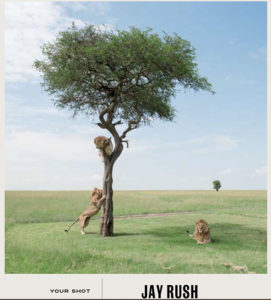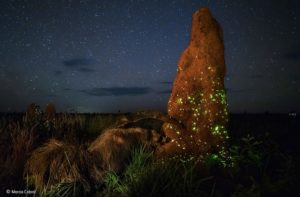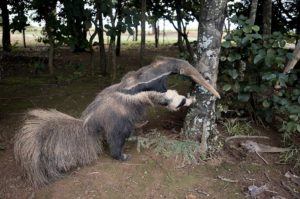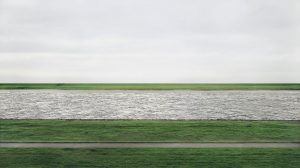In a time of great anxiety over personal privacy, protection of identity, and the right to be forgotten, it seems only fair to question the photographs of Vivian Maier.
I was in Bologna last week and noticed yet another exhibition of photographs by Vivian Maier. During the same week the new privacy guidelines kicked-in in the European Union. Your right to privacy…..
The story of Vivian Maier has been told many, many times. Death. An unpaid storage unit. The discovery of thousands of negatives by the hitherto unknown photographer. The opportunity for great profits.
Vivian Maier lived in silent anonymity and is known only to a few, most of whom were only children, when she seems to have had one eye on them, and the other looking down and through her Rolleiflex.
Little is known about why or when she found the time to photograph and nobody that I have heard, or read about ever saw a print of her work in her own lifetime.
As a photographer, why do I care about the work of Vivian Maier? Well, I like some of it, and I even have one of the many books of her work. But my question is whether anyone has the right to print and sell her work, when there is no will, no relatives and only an unpaid storage unit.
Put myself in her shoes. I am dead. Maybe I don’t care? I have taken thousands of photographs in my time. I have maybe a couple of hundred – at most – that I think are pretty good, and only a couple of handfuls that I know are great, at least in my own opinion. Yet, here I am – 6 foot under – hearing all this fuss about my negatives and the modern, unauthorized prints made from them. Here I am with no control over which photographs are shown and which are not. Here I am with no control over the size of each photograph, how it is printed, silver gelatin or maybe platinum-palladium? Here I am with no say at all. None.
For a deeply private person should she not have the right to privacy. The right to her personal expression. The right to control her own work? Even after she is dead.
Which photographs we show to other people is a deeply personal choice. Case in point: Henri Cartier-Bresson, maybe the greatest of the greats from the 20th century. Before WWII, he cut individual negatives from his rolls of film and put these select, individual negatives that he was proud of, in a small box. He discarded the rest. Thousands of negatives destroyed. Gone. He buried the small box in the backyard and went off to war. The content of the box became famous. Henri Cartier-Bresson’s legacy.
Vivian Maier had no time to cut her negatives, select the frames that would remain her legacy after death. Instead a few people she has no connection to are selecting from thousands of negatives, which are to be her fame. Which are to be her legacy. Vivian Maier died in 2009. She was 83. She cannot possibly have known the kinds of dealers and speculators, both buyers and sellers who stand to profit from her work.
Do a few highly motivated dealers and entrepreneurs – or should I say opportunists – have the right to make decisions for Vivian Maier? Currently tied up in the courts and unable to sell a single print, the opportunists are raising awareness, publishing books, making documentary films, and organizing non-selling exhibitions to promote Vivian Maier’s great eye and great contribution to photography. I assume, all with an eye on a huge payday, should they win in court and be able to sell actual prints that Vivian Maier never saw, never agreed to, and never approved.
We know nothing of Vivian Maier’s wishes, we know nothing of her choices. What we do know is that in her lifetime virtually all her work was kept private and confidential. Like personal data: Private and Confidential.
I don’t believe anyone has the right to decide for Vivian Maier which of her photographs should be printed, shown, sold or given away. If any at all!
Perhaps a public institution like the Library of Congress could have a role to play in preserving the negatives that Vivian Maier made during her lifetime. I might even accept that academic researchers and scholars could have access to her work for the purposes of research and maybe occasionally publishing an image or two in the context of documentation and conservation of our past. But this should not be for commercial gain.
Respect the will of the artist. And failing the presence of a will, respect the rights of those that cannot speak for themselves any longer.
Harbel





 Andreas Gursky: Rhine II
Andreas Gursky: Rhine II Anonymous photographer: Rhine I
Anonymous photographer: Rhine I